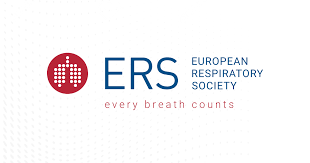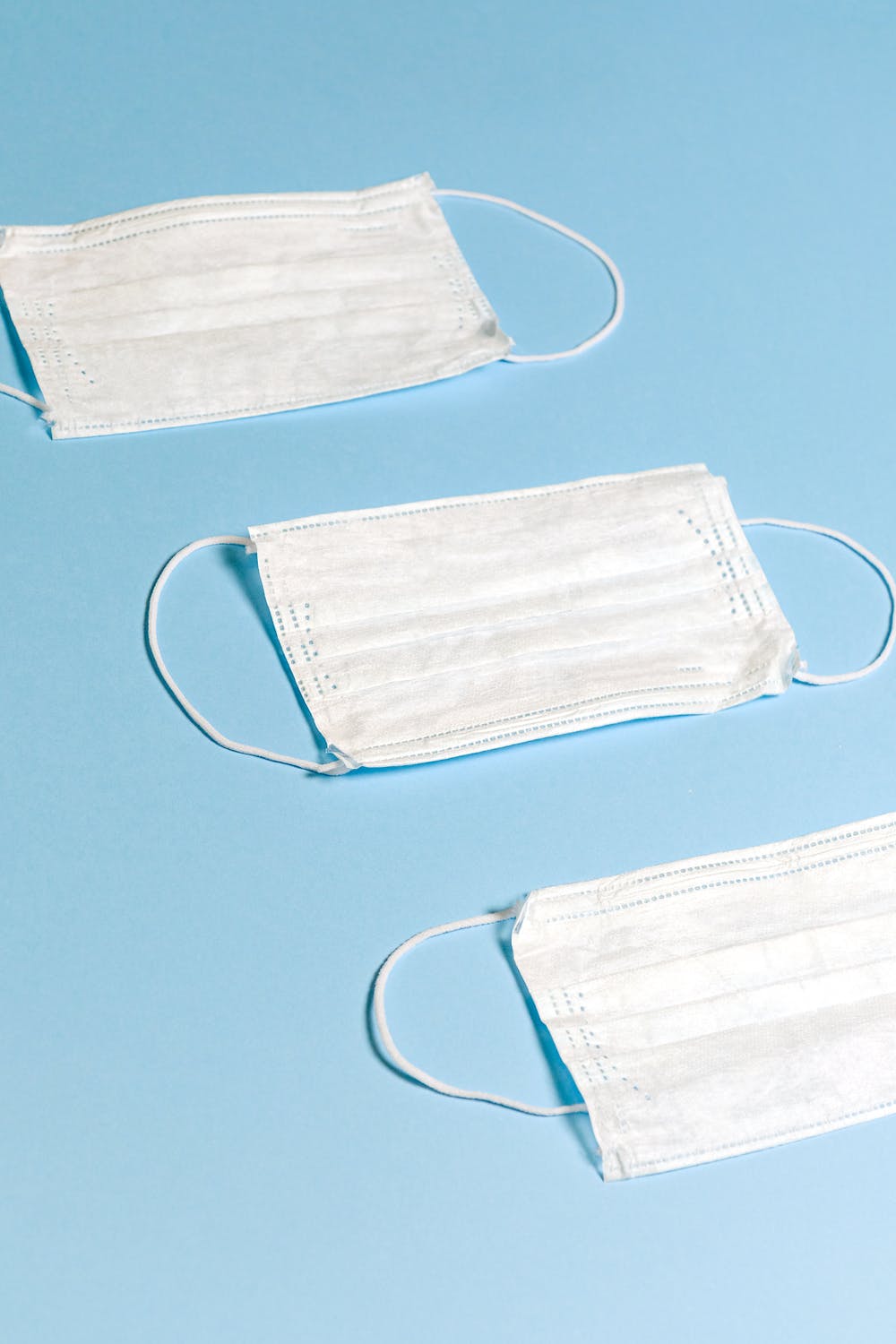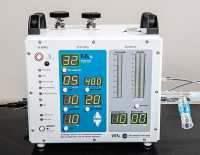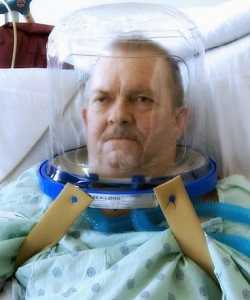Author Interviews, Cannabis, Medical Imaging, Pulmonary Disease / 10.12.2023
Smoking Pot and Cigarettes Increases Risk of Emphysema
MedicalResearch.com Interview with:
Jessie Kang, MD, FRCPC
Assistant professor
Department of Diagnostic Radiology
Faculty of Medicine
Dalhousie University
MedicalResearch.com: What is the background for this study?
- Marijuana is the most widely used illicit psychoactive substance in the world.
- Use has increased in Canada since legalization of non-medical marijuana in 2018.
- It is commonly believed that smoking marijuana is not harmful to the lungs. There is an abundance of established research that identifies the harms of cigarette smoking. In contrast, very little is known about the effects of marijuana smoking, and even less research has been done on the combined effects of smoking marijuana and cigarettes.





























